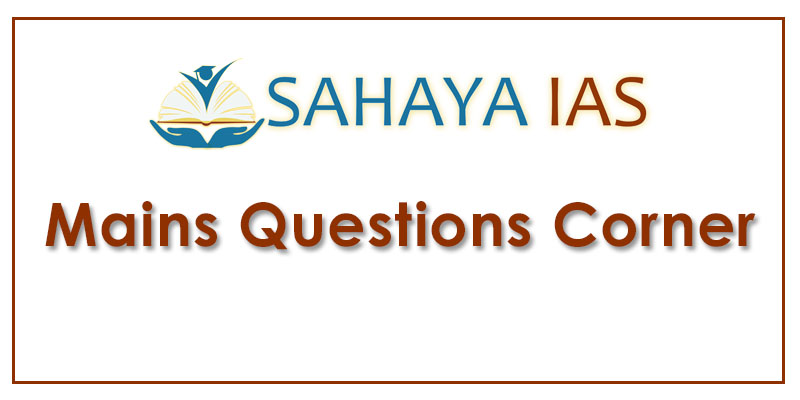Highlights
- A year ago, at a special midnight session in Parliament, the launch of the goods and services tax (GST) was heralded as the new freedom. A year on, what has the GST achieved? One should not expect instant results. There will be many short comings when a complex reform is rolled out.
- But the question is this: is the economy headed in the right direction. Arguments in favour of the GST were that it would lead to ease of doing business; make markets efficient; yield higher tax collections; and lead to lower prices.
- With higher tax collection, the government would be able to deliver better services. Thus, the GST was presented as a win-win situation for everyone.
issues
- Ease of doing business
- GST rates were fixed rather late The IT functioning of the Goods and Service Tax Network (GSTN) has been unsatisfactory due to problems or inordinate delays in access
- The complexity of the system became apparent when businesses had to file one form by the 10th of the month, check the next form by the 15th and file the third form by the 20th. The form to be filed by the 15th was to be auto populated on the basis of returns filed by the suppliers to the business.
- If some suppliers delayed filing or did not file, one had to chase them or one could not file one’s return. This proved to be insurmountable for many. For each State one was operating in, three returns had to be processed every month.
- Then there was an annual return to be filed. So for each State, a business had to file 37 returns in a year. Even though it was computerised, accounting was difficult. So, even though 17 taxes were replaced by one tax made up of many parts, simplification did not follow
- The small businesses operating under the Composition Scheme (turnover between ₹20 lakh and ₹75 lakh; later the limit was raised to ₹1.5 crore) had their own woes.
- They could not give input tax credit (ITC) and if anyone bought from them, then the buyer had to pay the tax that the small business should have paid. This was the reverse charge mechanism (RCM).
- These small businesses were not permitted to make inter-State sales so that their market became limited in case they were at the border of the State. Thus, not only big but also small businesses faced severe difficulties.
- Taking cognisance of these, the government made rapid changes during the year through the GST Council (the body set up to govern GST). But this only added to the confusion.
- Some components of the GST which were considered essential to its design were suspended or altered permanently. For example, the e-way bill (to track goods being transported) was postponed to April 2018.
- The RCM was suspended and may resume now.
- The tax rate for businesses under the Composition Scheme was brought down. Restaurants were brought under the Composition Scheme with a 5% tax rate but no ITC.
- For a year now, there have been reports every day of new problems cropping up and clarifications being sought from the authorities. In some cases, court cases are being filed.
- Even though essential goods are exempt under the GST, as basic goods and services prices rise, all prices increase.
- For instance, if diesel or truck prices rise, transport costs increase. All prices rise even if they are exempt under the GST, examples being the cost of cereals and vegetables.
- The tax rate structure (0%, 5%, 12%, 18% and 28%) also adds to the complexity. Then there are different rates for gold and jewellery. Some petro-goods and alcohol (human consumption) are not a part of the GST. Electricity and real estate are also out of the GST. The multiplicity of tax rates and exemptions means that the cascading effect continues.
These problems emanate from introducing a very complex tax in a complex economy. In brief, while there are a few gains, the economy is not headed in the right direction because of the faulty design of the GST.
Source: The Hindu



Comments (0)